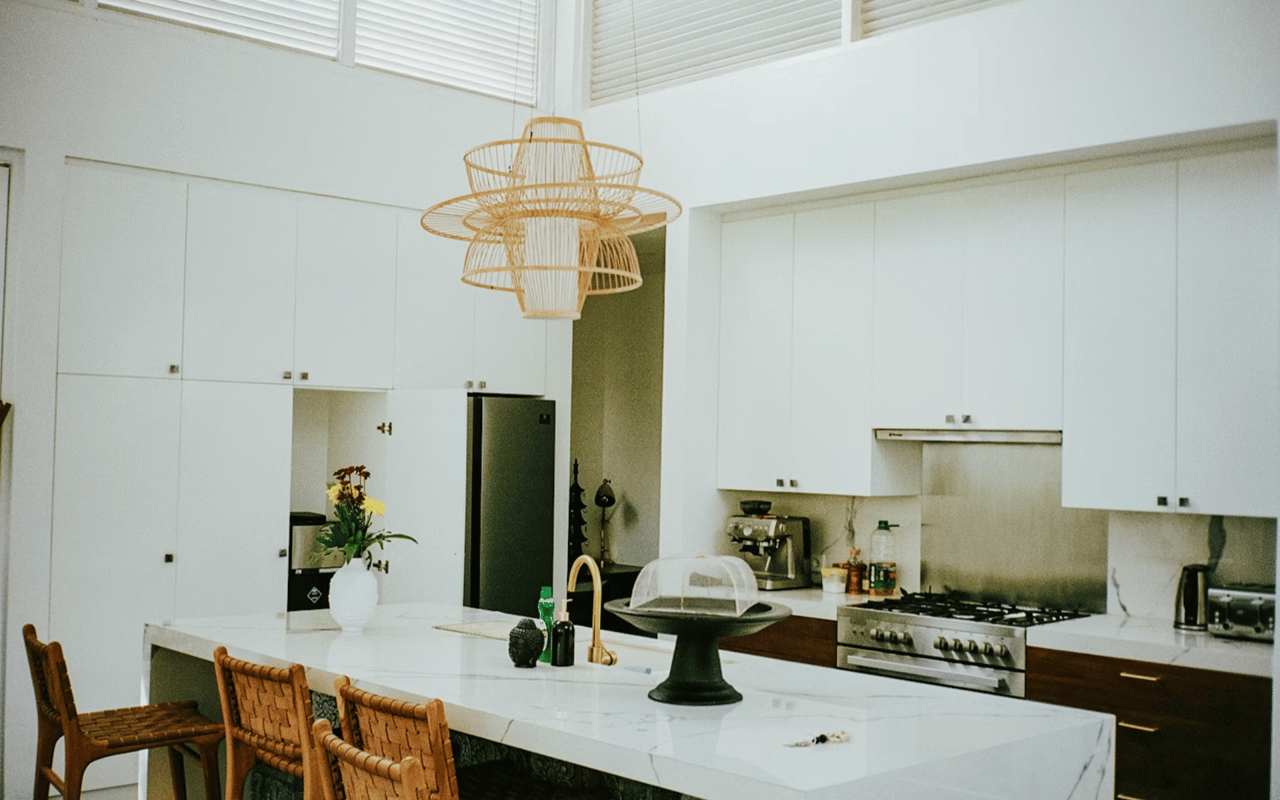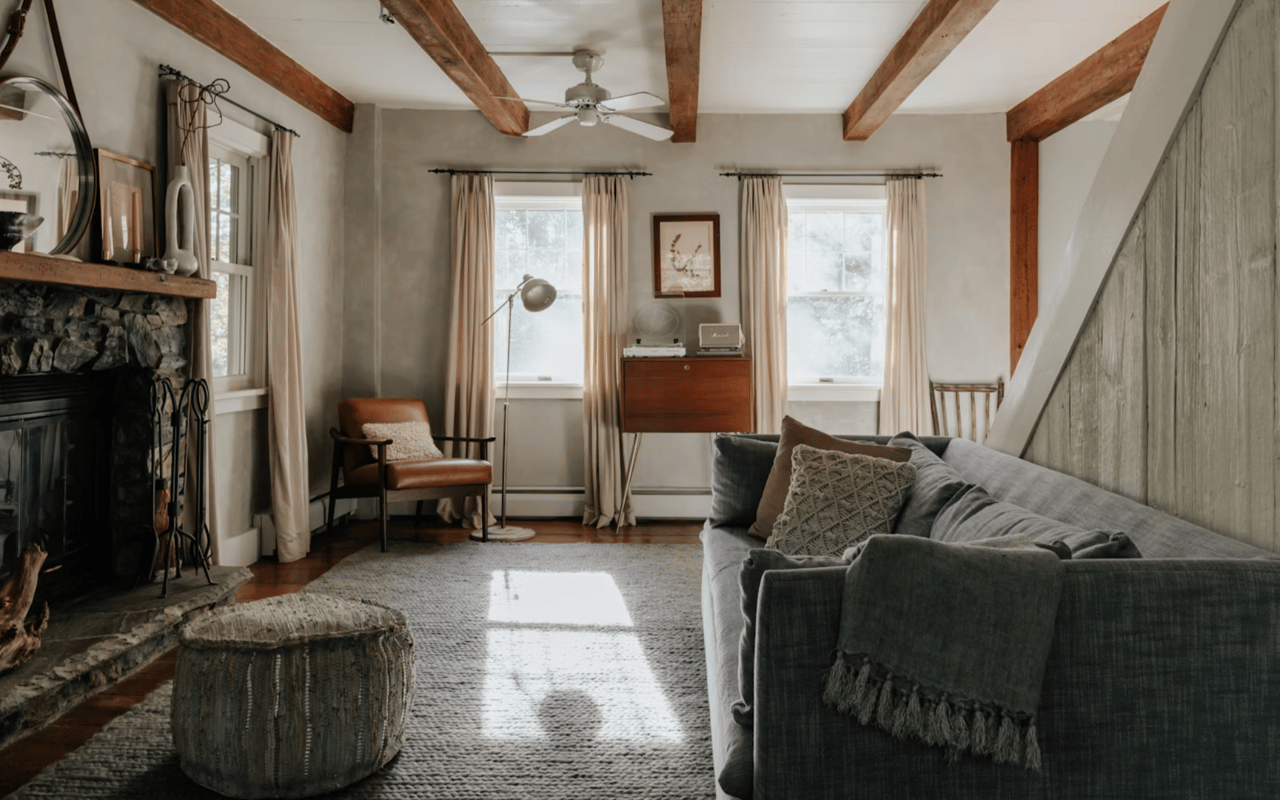Embarking on a home renovation project, whether a kitchen update or a full-scale structural change, requires careful planning and execution. Achieving a desired outcome in a renovation means anticipating challenges and making informed decisions at every stage. The aim is to create spaces that meet aesthetic preferences and serve practical needs efficiently.
These home remodel tips are designed to guide individuals through the process, ensuring a smooth journey from conception to completion.
Define Your Vision
Gather inspiration from design magazines, online platforms, and showrooms. Create a comprehensive mood board incorporating color palettes, material samples, and desired fixtures. Sketch out potential layouts or utilize design software to visualize the revamped space. This meticulous planning phase helps communicate your intentions clearly to design professionals and contractors, forming the bedrock of successful home remodel tips.
Establish a Realistic Budget
Research average costs for similar projects in your area. Obtain multiple quotes from contractors and suppliers to compare pricing. Allocate a contingency fund, typically 10-20% of the total budget, to cover unforeseen expenses commonly arising during renovations. This financial foresight prevents unexpected setbacks and ensures the project remains on track.
Prioritize Functionality and Flow
Think about foot traffic patterns, storage needs, and the ergonomics of key areas like kitchens or bathrooms. For example, in a kitchen remodel, ensure logical placement of the sink, stove, and refrigerator to create an efficient work triangle. Consider the scale of furniture and appliances within the new layout to prevent overcrowding. A functional space is inherently more enjoyable.
Source and Select Materials Thoughtfully
Research different material options for flooring, countertops, cabinetry, and fixtures. Understand their properties, such as scratch resistance, water resistance, and cleaning requirements. Obtain samples to view them in your home's lighting conditions. Lead times for specialized materials can be significant, so order them well in advance to avoid project delays.
Prepare for Living During Renovation
Consider establishing a temporary kitchen if your main kitchen is being renovated. Set up a designated "clean zone" to escape dust and noise. Protect furniture and belongings in adjacent areas with plastic sheeting. Discuss the contractor's working hours and noise expectations. For extensive renovations, arranging alternative accommodation might be a more comfortable solution.
Engage with Permitting and Regulations
Research the specific permits required for your project through your local municipal building department. This might include permits for structural changes, electrical work, plumbing, or significant additions. Ensure your contractor is knowledgeable about and responsible for securing these permits, as they typically handle this process. Compliance ensures the renovation meets established standards and avoids future complications.
Plan for Dust and Debris Management
Discuss dust containment strategies with your contractor, such as sealing off work areas with plastic barriers and using negative air pressure machines. Plan for regular debris removal, including dumpsters or scheduled pickups. Protecting HVAC vents and covering furniture in adjacent rooms can also prevent dust from spreading throughout the house. A clean job site contributes to a more organized and efficient renovation.
Consider Future Needs and Resale Value
Consider timeless design elements that will remain appealing for years, avoiding overly trendy choices that might quickly become dated. Research what features are highly sought after in your local real estate market, as certain upgrades can provide a more substantial return on investment when the time comes to sell. These home remodel tips help maximize the property's enduring appeal.
Contact Shannon Thoke For Palo Alto Real Estate
Reach out today to get started.





